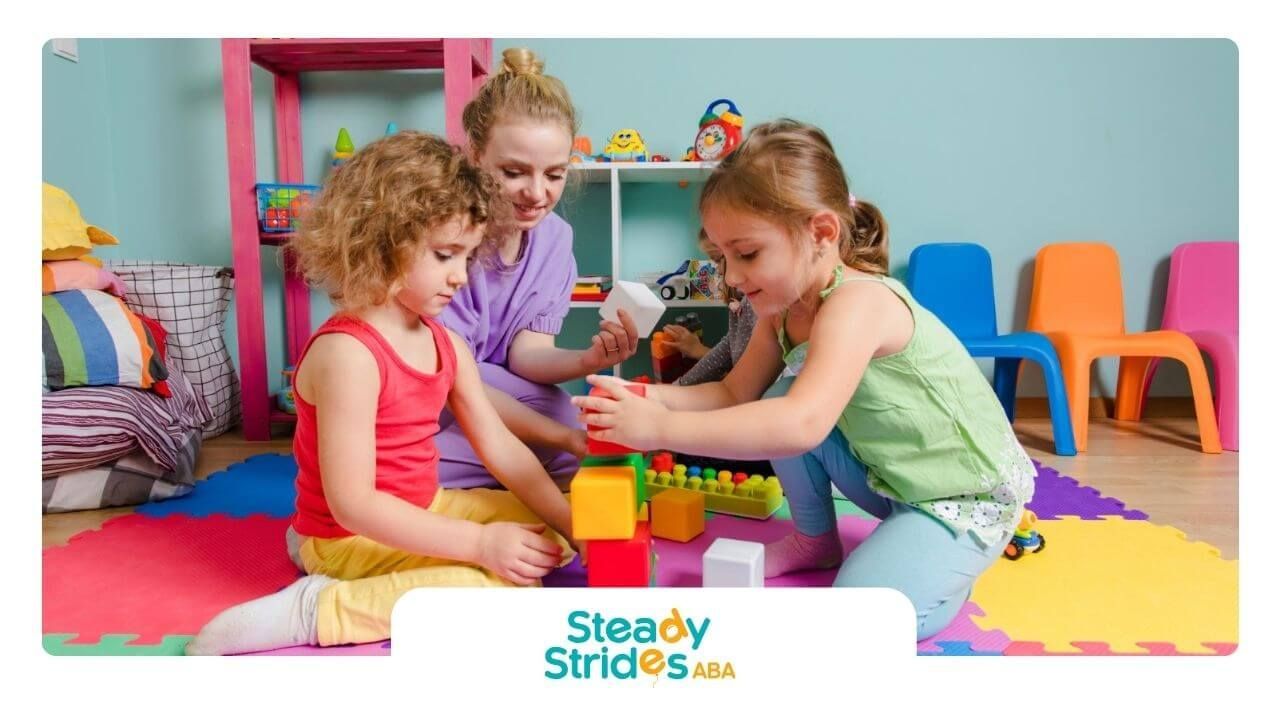Routines are a crucial part of daily life for many individuals with autism. These routines provide structure, predictability, and comfort, which are important for managing challenges related to sensory sensitivities, anxiety, and social interactions.
Although each person on the autism spectrum is unique, there are certain patterns in the routines that are common across many individuals.
Let’s take a closer look at what autistic routines typically look like.
1. Strict Daily Schedules
For many people with autism, having a structured routine is vital. Daily schedules often include specific times for waking up, eating, completing tasks, and going to bed. Consistency and routine help reduce anxiety and provide stability.
Changes to this predictable routine can lead to stress or emotional upset, making it important to maintain this structure as much as possible.
2. Repetitive Behaviors and Activities
Repetitive behaviors, also known as "stimming," are common in autistic routines. These behaviors can include repetitive movements or actions, like rocking, flapping hands, or watching the same video or TV show repeatedly.
Engaging in these activities can help individuals self-regulate and provide comfort, especially when they feel overwhelmed by sensory input or social situations.
3. Set Meal Times and Food Preferences
For many individuals with autism, meal times are highly structured. They often prefer to eat the same foods at the same time each day. A rigid routine around meals can help avoid anxiety related to food choices, mealtimes, or transitions.
Many individuals with autism also have specific food preferences or avoid certain textures, which can make meal planning an essential part of the routine.
4. Preference for Familiar Environments
Routines often include a preference for familiar environments, such as a particular room in the house, a favorite spot, or a specific route to school or work.
Being in familiar surroundings helps individuals with autism feel safe and secure. Unexpected changes to their environment can lead to distress or sensory overload.
5. Calming Rituals for Self-Soothing
Many people with autism incorporate calming rituals into their daily routines to help manage sensory overload or emotional distress.
These might include deep pressure activities like squeezing a stress ball, using noise-canceling headphones, or engaging in sensory-friendly practices such as rocking or spinning. These rituals help regulate emotions and prevent meltdowns.
6. Consistent Bedtime Routines
Having a consistent bedtime routine is essential for many individuals with autism. This could include activities like reading the same bedtime story, listening to calming music, or following a specific sequence of events before going to sleep.
A predictable bedtime routine helps individuals wind down and fall asleep more easily, minimizing bedtime anxieties.
7. Time for Special Interests
Autistic individuals often have intense, focused interests, known as "special interests," that they spend significant time engaging in. These routines can include activities like reading about a particular subject, practicing a hobby, or watching a specific TV series.
Special interests provide comfort, focus, and a sense of accomplishment, often becoming an integral part of their daily routine.
8. Resistance to Changes in Routine
A hallmark of autistic routines is the strong resistance to change. A small disruption, such as a change in plans or an unexpected event, can cause anxiety or frustration.
Whether it’s a change in a daily task or a deviation from a familiar route, these shifts in routine may lead to emotional outbursts or distress.
9. Structured Playtime or Learning Activities
Autistic individuals often thrive in a routine that includes structured play or learning time. These routines provide a framework for skill-building, social interaction, and self-expression.
This structured time might involve educational activities, therapy sessions, or play that allows the individual to focus on a particular interest or task.
10. Sensory-Friendly Environments and Tools
Creating a sensory-friendly environment is often an important part of the daily routine for someone with autism. This can include setting up a quiet, dimly-lit room, using noise-canceling headphones, or employing calming sensory tools such as weighted blankets or fidget toys.
These sensory supports help individuals manage sensory sensitivities and regulate emotions.
Autistic routines provide structure, stability, and comfort, which are essential for managing sensory processing challenges and emotional regulation.
These routines can vary widely from person to person but often share key characteristics such as predictability, repetition, and a focus on self-regulation.
By understanding and respecting these routines, we can create a more supportive and understanding environment for individuals with autism.
If you’re looking for personalized support for autism, our team at Steady Strides ABA offers a range of ABA therapy services across Texas and New Mexico. Our services are designed to help individuals build routines, develop coping skills, and improve their quality of life.
Learn more about our services:
Feel free to reach out if you’d like to learn more about how ABA therapy can support your loved one’s needs.
FAQs
Why are routines so important for individuals with autism?
Routines help create structure and predictability, which can reduce anxiety and stress for individuals with autism. They provide comfort and a sense of control over their environment.
How can I support my child’s routine if they have autism?
To support your child’s routine, try to establish consistent daily schedules, use visual schedules to show transitions, and be mindful of their sensory needs and preferences. Small changes should be introduced gradually.
Can routines change over time for someone with autism?
Yes, routines can change over time. However, it’s important to introduce changes gradually and provide clear communication to help the individual adjust without causing anxiety or distress.
Sources:
- https://www.marcus.org/autism-resources/autism-tips-and-resources/establishing-routines-at-home
- https://pmc.ncbi.nlm.nih.gov/articles/PMC5903955/
- https://www.autism.org.uk/advice-and-guidance/topics/about-autism/preference-for-order-predictability-or-routine
- https://www.simplypsychology.org/autism-and-routine.html













